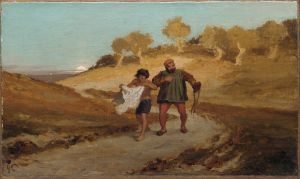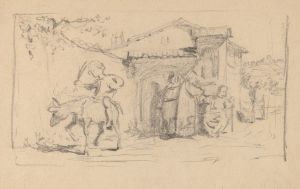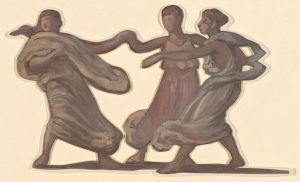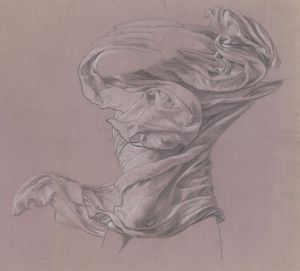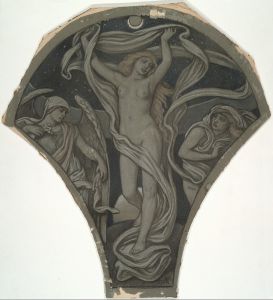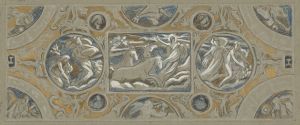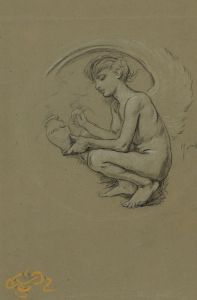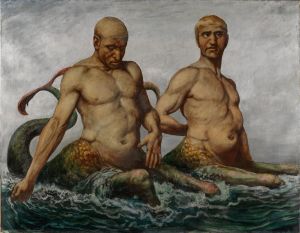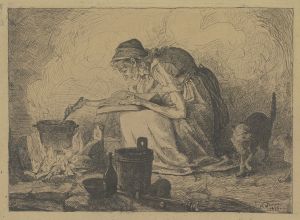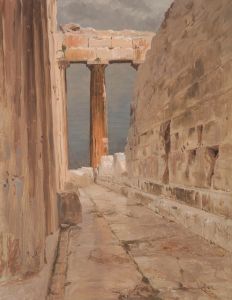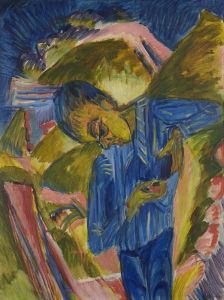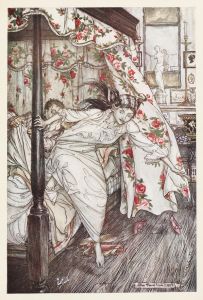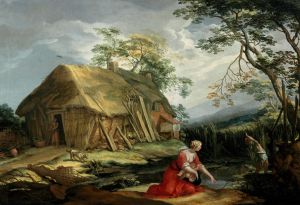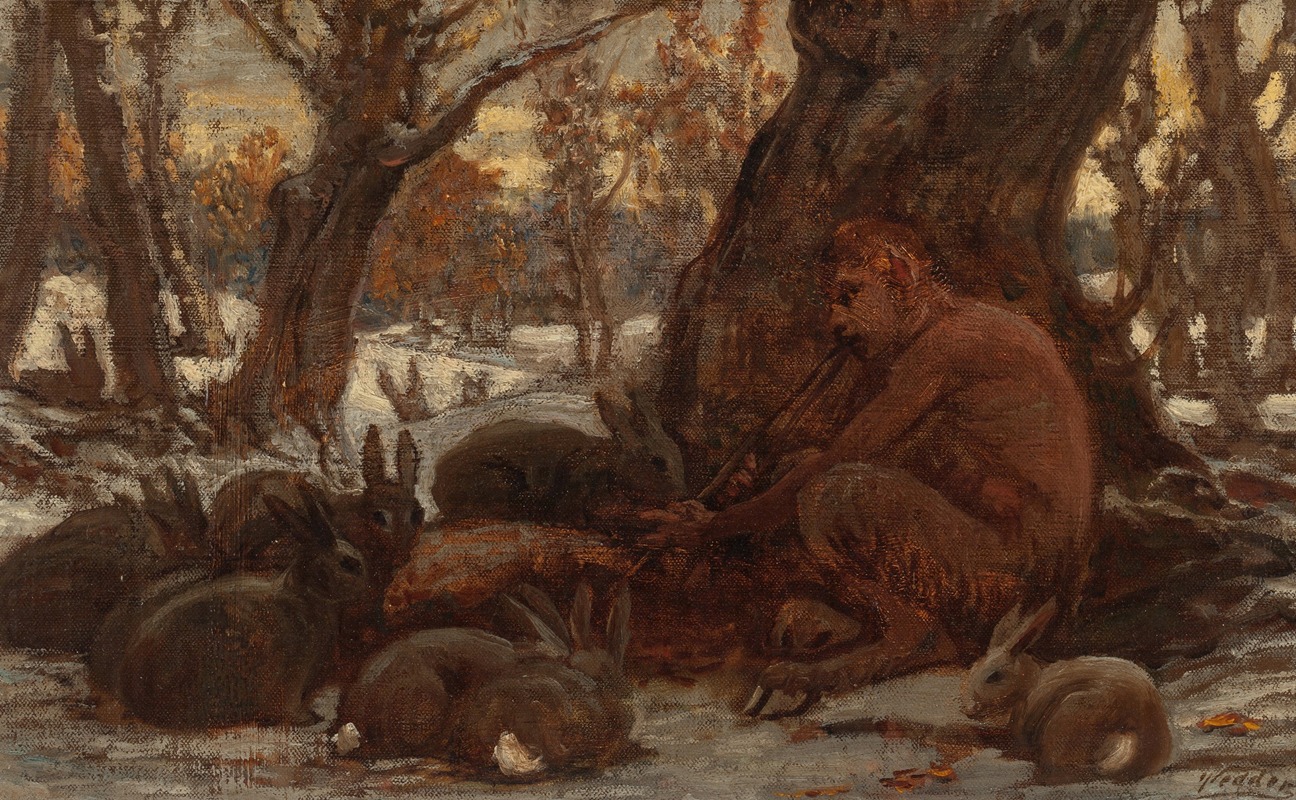
Young Marsyas Charming the Hares
A hand-painted replica of Elihu Vedder’s masterpiece Young Marsyas Charming the Hares, meticulously crafted by professional artists to capture the true essence of the original. Each piece is created with museum-quality canvas and rare mineral pigments, carefully painted by experienced artists with delicate brushstrokes and rich, layered colors to perfectly recreate the texture of the original artwork. Unlike machine-printed reproductions, this hand-painted version brings the painting to life, infused with the artist’s emotions and skill in every stroke. Whether for personal collection or home decoration, it instantly elevates the artistic atmosphere of any space.
Elihu Vedder, an American symbolist painter, created the artwork "Young Marsyas Charming the Hares" in the late 19th century. Vedder, born in 1836, was known for his mystical and allegorical themes, often drawing inspiration from mythology and literature. His works frequently explored the intersection of the human and the divine, as well as the mysteries of nature and the cosmos.
"Youth Marsyas Charming the Hares" is a lesser-known piece by Vedder, reflecting his interest in classical mythology. Marsyas, in Greek mythology, was a satyr who was known for his musical prowess, particularly with the aulos, a double-reeded instrument. The myth of Marsyas is often associated with themes of hubris and punishment, as he famously challenged the god Apollo to a musical contest and suffered dire consequences for his audacity.
In Vedder's depiction, however, the focus is on a more serene and enchanting aspect of Marsyas's character. The painting portrays a young Marsyas, possibly before his fateful contest with Apollo, using his musical talents to charm hares. This scene captures a moment of harmony between the musician and nature, emphasizing the enchanting power of music and its ability to bridge the gap between humans and animals.
Vedder's style in this painting, as in many of his works, is characterized by a dreamlike quality, with soft lines and a muted color palette that evoke a sense of timelessness. His use of light and shadow adds depth to the scene, creating an atmosphere that is both tranquil and otherworldly. The composition likely reflects Vedder's fascination with the mystical and the symbolic, inviting viewers to contemplate the deeper meanings behind the mythological narrative.
The painting is an example of Vedder's broader artistic interests and his ability to infuse classical themes with a personal and imaginative touch. While not as widely recognized as some of his other works, such as his illustrations for Edward FitzGerald's translation of "The Rubaiyat of Omar Khayyam," "Young Marsyas Charming the Hares" nonetheless exemplifies Vedder's skill in blending mythological subject matter with his unique artistic vision.
Elihu Vedder spent much of his career in Italy, where he was part of a community of expatriate artists and writers. His time in Italy influenced his work significantly, as he absorbed the rich artistic heritage of the region and incorporated it into his own creations. Vedder's paintings often reflect a synthesis of American and European artistic traditions, making his work distinctive in the context of 19th-century art.
"Youth Marsyas Charming the Hares" remains a testament to Vedder's ability to capture the essence of mythological stories while imbuing them with his own interpretative flair. Through this painting, Vedder invites viewers to explore the enchanting world of mythology and the timeless allure of music, offering a glimpse into the harmonious relationship between art and nature.





